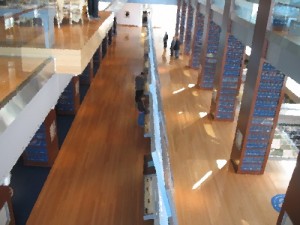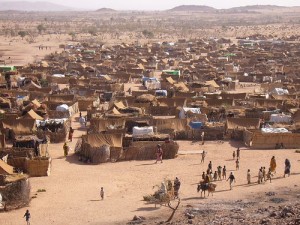One of the small group assignments last week was to pick two anti-war songs and present their meaning and context. They had a choice of music ranging in time from Frederick Weatherly’s “Danny Boy” to Green Day’s “Holiday”, but they chose two Vietnam Era songs, “Imagine” and “War”.
These turned out to be inspired choices. Not the least because both had music videos that closely reflected the songs’ different approaches to conveying the same message. Lennon’s “Imagine” is peaceful, aspirational, but somewhat subversive, while Edwin Star’s “War” is militant with its rejection of conflict.
The lyrics also provided an excellent contrast in the poetic use of language to convey meaning. After showing the two music videos, the students took the songs apart, stanza by stanza, and you can read the stridency in the punctuation and use of capitals in the lyrics of “War”:
WAR! good God y’all huh
What is it good for?
Absolutely nothing…say it say it SAY IT!
WAR!…uh huh yeah huh!
What is it good for?
Absolutely nothing…listen to me
We had a great discussion. I found this to be an excellent assignment that merged the poetry we’ve been studying in Language Arts with the history and peace education of Social World.
John Lennon – Imagine
Uploaded by hushhush112. – See the latest featured music videos.




